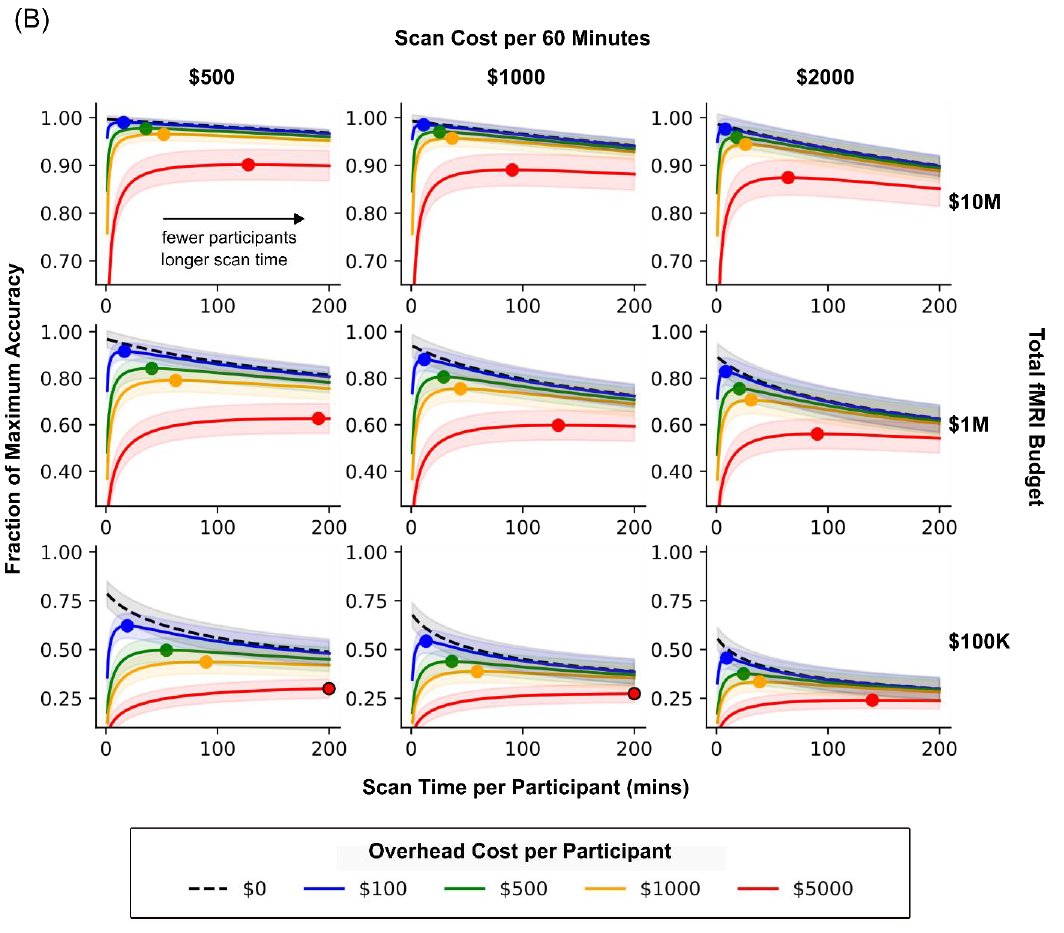
Rebecca Brady
@rebeccagbrady
MD-PhD candidate @wustlmstp studying🤰🏻crime exposure, 👶🏽 brain function, and 👧🏽 externalizing behaviors & CU traits in @wunder_lab | @DukeU alum
ID: 2238596643
22-12-2013 19:22:59
970 Tweet
637 Followers
951 Following


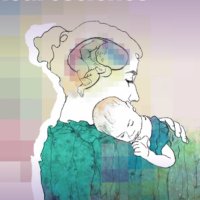
Thrilled to share our new Nature Neuroscience article, where we tracked 110 first-time mothers & 34 control women to isolate the brain changes associated w/ pregnancy, childbirth, and postpartum shorturl.at/lEGLO María Paternina-Die Magdalena Martínez-García PhD🦋 Daniel Martín de Blas Susana Carmona🧵👇
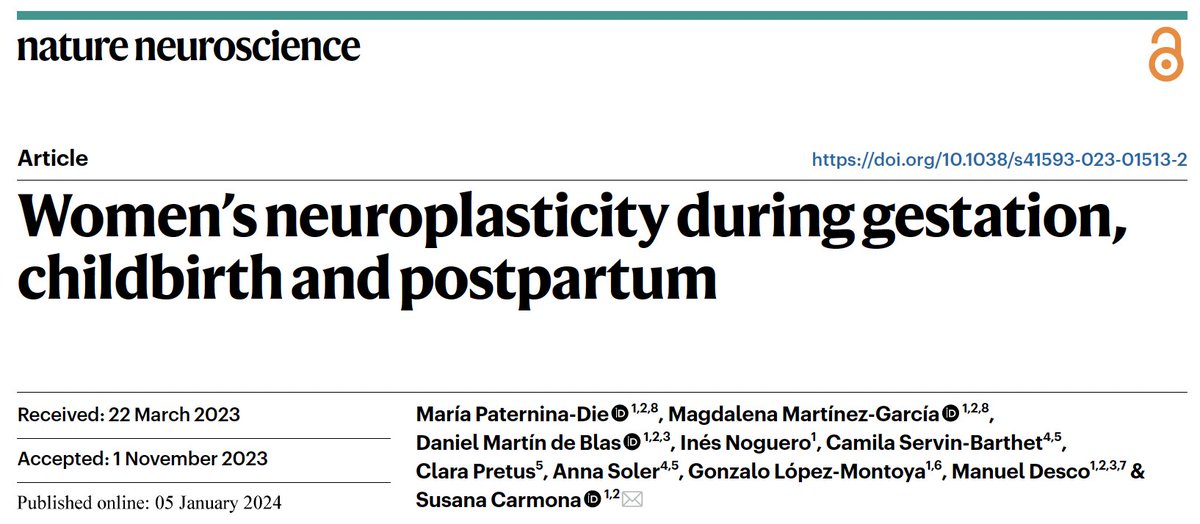
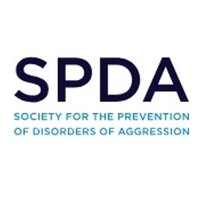

Are humans the only animal that has social norms? I'm excited to share a new paper in which we propose a framework for identifying & studying social norms in nonhuman animals! In Biological Reviews, led by @evan_westra, @SimonFitzx, and Kristin Andrews doi.org/10.1111/brv.13…


📣Our new paper in Psychoneuroendocrinology reviews impacts of psychological parent-child interventions on biomarkers of child health, across biological systems. TLDR: interventions change several systems, but huge variability in effects calls for MODERATORS ‼️ 🧵 doi.org/10.1016/j.psyn…

The 2nd paper from my PhD has now been published as #openaccess in Molecular Psychiatry. Another big collective effort involving Forensic Research Group Andreia C. Pereira Julia Griem and others Full version @molpsychiarty: shorturl.at/huzZ8 1/5
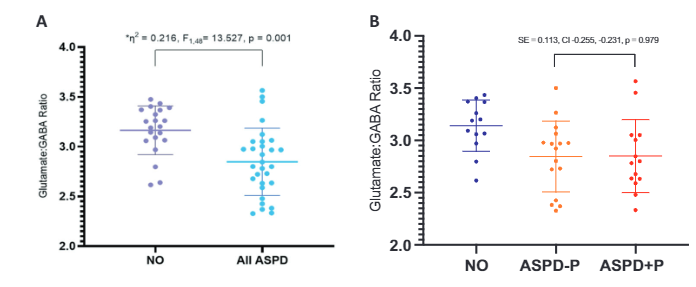

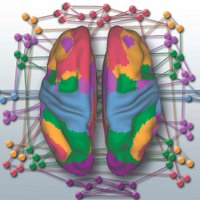

#JAACAP study found that high #neighborhoodcrime and weaker newborn brain connectivity was related to higher #externalizing symptoms in toddlers. WUNDER Lab @rebeccagbradyb jaacap.org/article/S0890-…


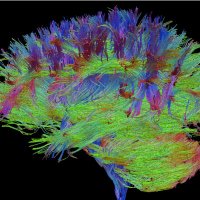

5 years ago, on the heels of 28andMe, our team designed a new precision imaging experiment: scanning an individual’s brain throughout her entire pregnancy. We are excited to share that these findings are out today in Nature Neuroscience! nature.com/articles/s4159…

Regions of the human brain may shrink in size during pregnancy, but have better connectivity, with only a few regions of the brain remaining untouched by the transition to motherhood, according to research published in Nature Neuroscience. go.nature.com/4enUvov


How does the brain's surface expand in the first ten years of life? How does being born very preterm impact this process? We answer these questions in our new paper in @BrainComms. Check it out below! doi.org/10.1093/brainc…


